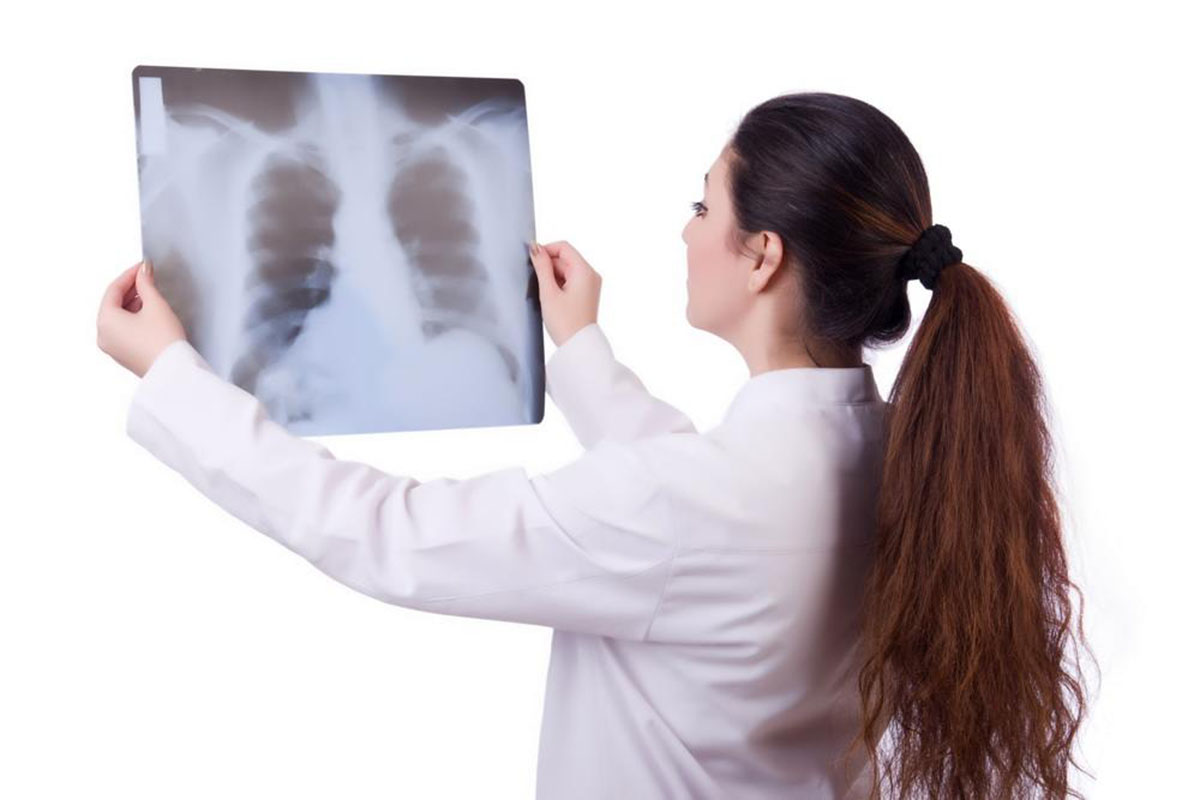Table of Contents
Pulmonology is the branch of medicine that focuses on the chest and respiratory system including all the anatomy associated with breathing. Pulmonologists are trained specialist physicians who manage conditions and diseases of the chest such as asthma, bronchitis, pneumonia, tuberculosis and emphysema. Also, pulmonology often involves managing patients who need mechanical ventilation and life support in intensive care units (ICUs).

Training
A doctor can spend up to 15 years training in order to become a specialist pulmonologist. This training consists of 5-6 years completing their medical undergraduate degree, 1-2 years of an internship phase, 4 years completing the residency programme in internal medicine and 3 years training in a fellowship programme in pulmonology.
A pulmonologist can also sub-specialise in a specific chosen field and they can include the following disciplines:
- Critical care medicine.
- Interventional pulmonology where the specialist performs invasive procedures such as bronchoscopies.
Procedures used by Pulmonologists
The following are procedures and investigations which are requested and performed by pulmonologists in order to aid with diagnosing and managing respiratory conditions and illnesses.
- Blood tests are requested to exclude signs of infection. Arterial blood gas levels are also required, especially in patients who are on mechanical ventilation.
- Sputum specimens are sent away for microscopy, culture and sensitivity (MC&S) tests to analyze for infective sources, cytology for cancer cells and specific MC&S and ZN stain requests for diagnosing tuberculosis.
- Chest X-rays to visualize any obvious pathology.
- CT scanning is requested when a pulmonologist suspects conditions such as lung cancers, foreign bodies and pulmonary embolisms.
- Spirometry - used to diagnose airflow obstruction by breathing into a dedicated machine.
- Pulmonary Function Tests consists of performing spirometry and administering drugs such as bronchodilators to assess any changes in breathing patterns, lung volumes and the diffusion capacity of the lungs.
- Scintigraphy and other methods of nuclear medicine.
- Bronchoscopy with bronchoalveolar lavage (BAL), epithelial brushing and transbronchial and endobronchial biopsy. The lavage and biopsy specimens are then sent away for analysis to exclude pathologies such as cancers.
- Positron emission tomography (PET scan), especially in diagnosing lung cancer.
- Sleep studies (polysomnography) commonly used for the diagnosis of obstructive sleep apnoea.
READ Passion, Affluence, Respect: The Real Incentives behind Choosing a Medical Specialty
Management of patients
Pulmonologists employ many different management protocols when treating patients with respiratory conditions. These can include the following:
- Medication - antibiotics, inhalational and oral steroids, short and long acting bronchodilators, leukotriene receptor antagonists, oxygen therapy and CPAP machines.
- Pulmonary rehabilitation - this is intended to help the patient live a meaningful life by being able to function as independently as possible in order to live a good quality of life and have a better prognosis. This is done by incorporating exercise, emotional support, education, non-invasive mechanical ventilation, oxygen therapy or support, compliance with medical care in order to reduce the number of exacerbations and hospitalizations, optimal clearance of airway secretions, returning to work and a more active lifestyle. The healthcare workers who are involved here include a pulmonary medicine specialist, a rehabilitation physician, a rehabilitation nurse, physiotherapists, occupational therapists, a psychologist and a social worker.
- en.wikipedia.org/wiki/Pulmonology
- Photo courtesy of
- Photo courtesy of shutterstock
- Photo courtesy of shutterstock


Your thoughts on this